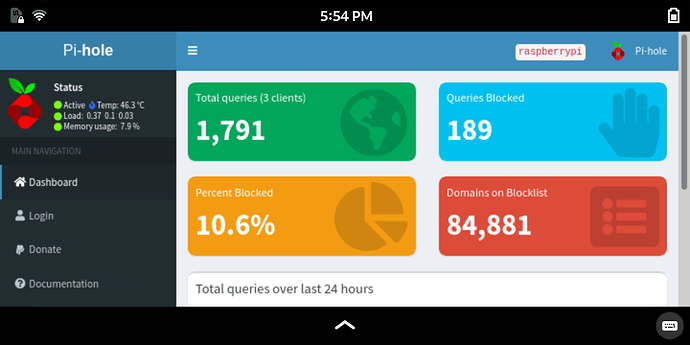I use remmina a fair bit. It’s not that difficult to use or get working.
However I haven’t used it in a Wayland environment. And I wasn’t able to get VNC working (in the other direction) with the Librem 5. I didn’t try incredibly hard but I gave it a fair crack.
So, if it works, your basic approach would be to install a VNC server on the Pi and remmina (the client) on the Librem 5. Run remmina on the Librem 5. Configure up a destination server (protocol, host, port). remmina supports VNC and RDP as protocols. I’ve used both (to different servers) and they both work. You would choose VNC (as RDP is too Microsofty). Open a connection to the server. All done.
VNC doesn’t offer even half decent network security. That’s OK for use on the local LAN (at least at home and assuming that you don’t have the highest security requirements). For use outside of that, you would want to run it forwarded over SSH, or any alternative network security mechanism.
Like you, I have a Pi in use in an always-on role (actually multiple roles). However I choose to have the display switched off when not actively in use - and rely on being able to connect to the web server on the Pi in order to monitor it.
So I don’t really understand why you want to access the Pi’s display remotely via any protocol (X, VNC, RDP, …). Can’t you just access the PiHole web server from another computer?
Not if your home PC is not a Purism computer. If your home PC is not a Purism computer then it probably won’t run PureOS out of the box, and would need manually-added blobs in order to run (at best).
From the perspective of interoperability with the Librem 5, I don’t think it matters. It wouldn’t really be in the spirit of Linux and openness if it mattered greatly. The Librem 5 should only be running open protocols, for which corresponding software should exist for most Linux distros (and could exist for any operating system).
There may be a small convenience in having the same applications running the same way, even if you don’t use convergence on the Librem 5.



